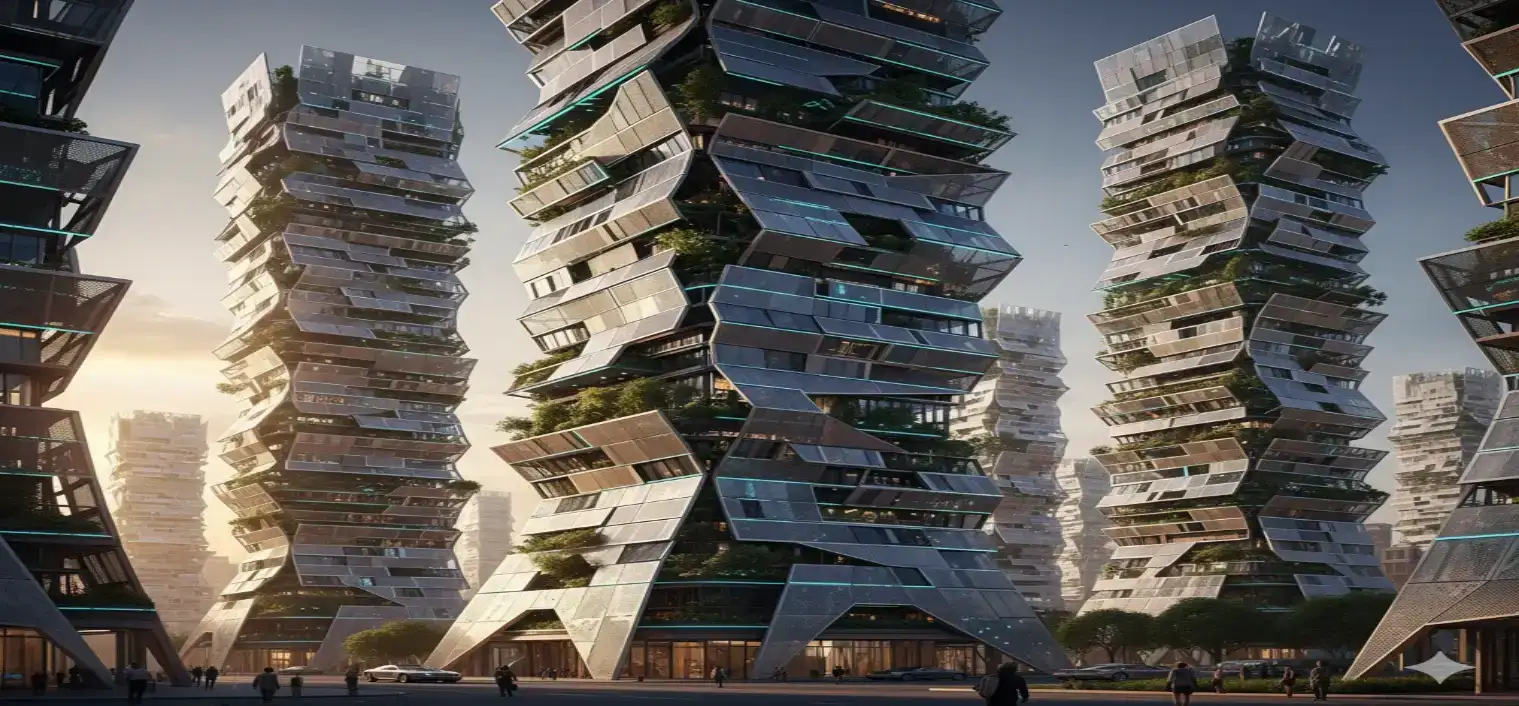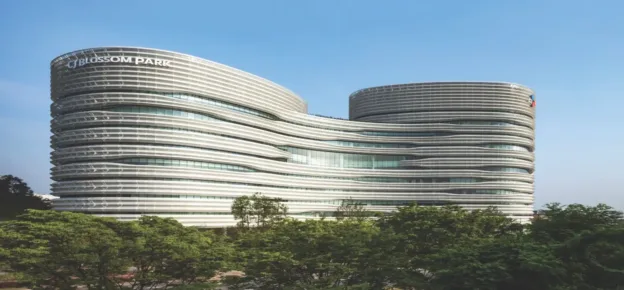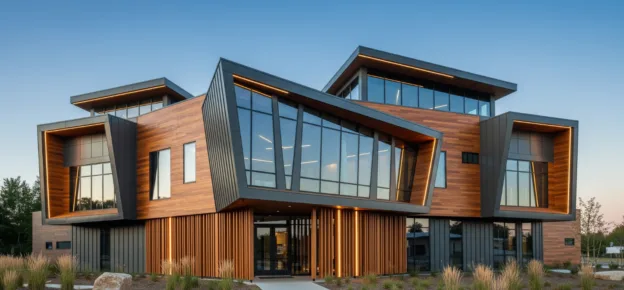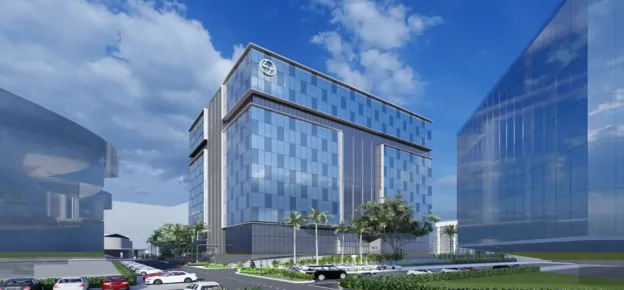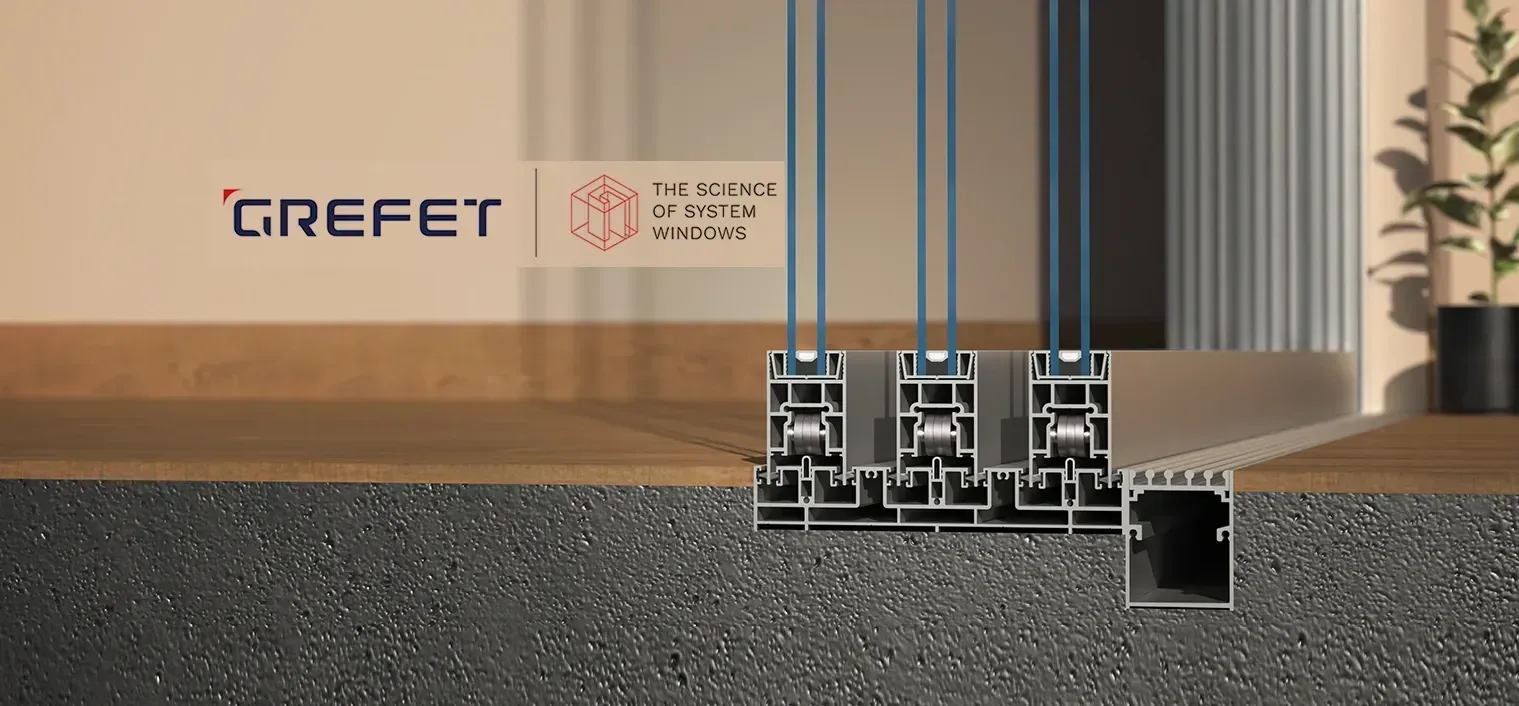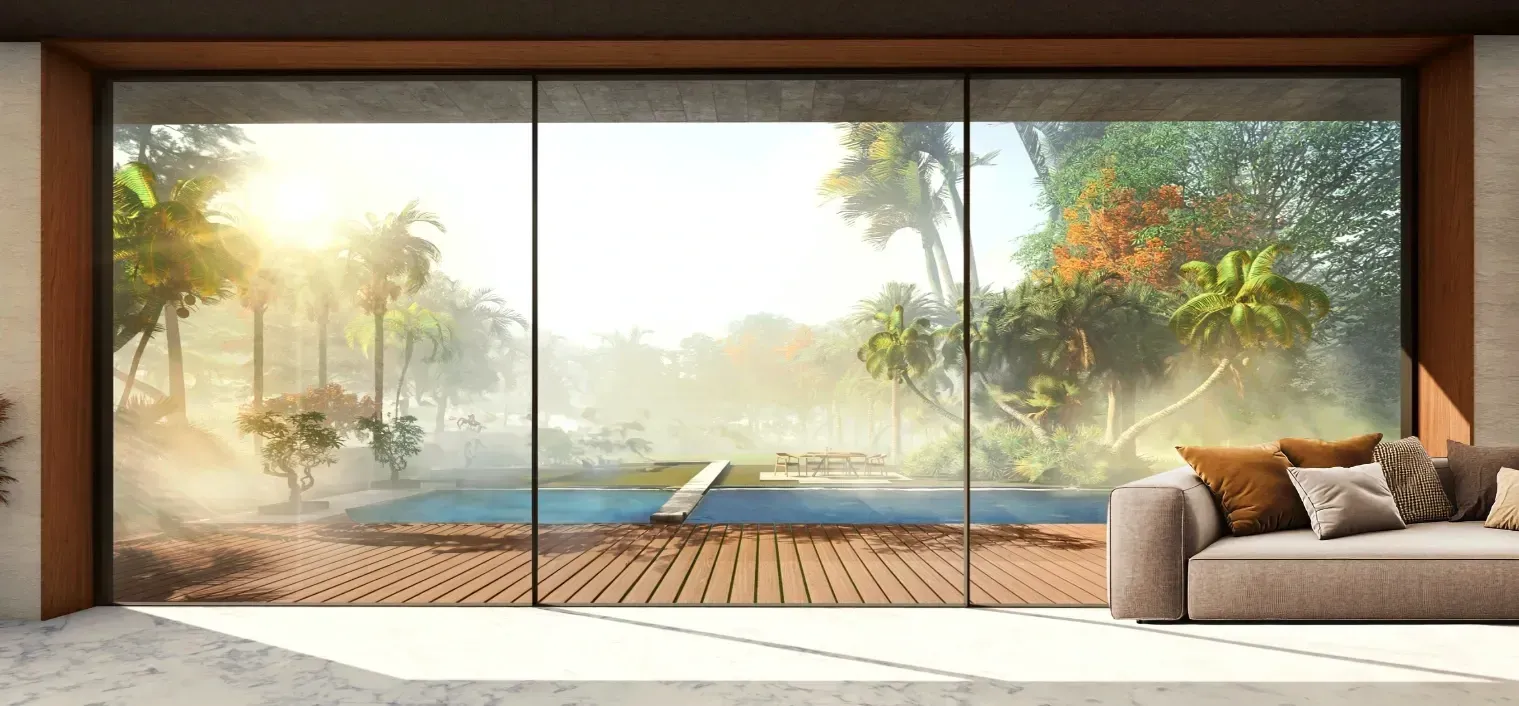Let’s look at something truly awe-inspiring – something that is transforming our cities from static concrete jungles into living, breathing entities. This time it’s not biophilic design, but kinetic façades.
For too long, building exteriors have been, well, just that: exterior walls. Beautiful, often iconic, but fundamentally static. Now imagine a building that can respond to its environment – one that can adjust to the intensity of the sun, shield itself from the wind, or even interact with the people around it. This is the thrilling reality of kinetic façades, and it’s rapidly becoming an integral part of modern architectural design.

More Than Just A Pretty Face: The Power Of Movement
These dynamic building skins are designed with movable elements that respond in real time to external stimuli such as sunlight, temperature, and wind. It’s a profound leap from traditional design, merging incredible functionality with groundbreaking aesthetics. The secret sauce? Advances in technology – including sophisticated sensors, automation, parametric design, and digital fabrication – now allow us to create responsive building envelopes that move mechanically or even through smart materials.
This shift is crucial because kinetic façades not only look good, but they do real work. They offer a multitude of benefits that are redefining how we think about sustainable construction and occupant comfort.
- Energy Efficiency: By dynamically adjusting to solar gain and ventilation needs, they dramatically reduce reliance on artificial lighting and air conditioning, leading to significant energy savings.
- Adaptability: They are inherently flexible, able to adjust to diverse climates and changing environmental conditions, optimising interior comfort no matter what the day throws at them.
- Aesthetic Innovation: This is where the artistry truly shines. Moving elements create ever-evolving visual patterns, transforming buildings into dynamic sculptures that bring urban landscapes to life.
- User Interaction: In some cases, occupants can even directly control aspects of the façade, personalising their environment and fostering a deeper connection with their building.
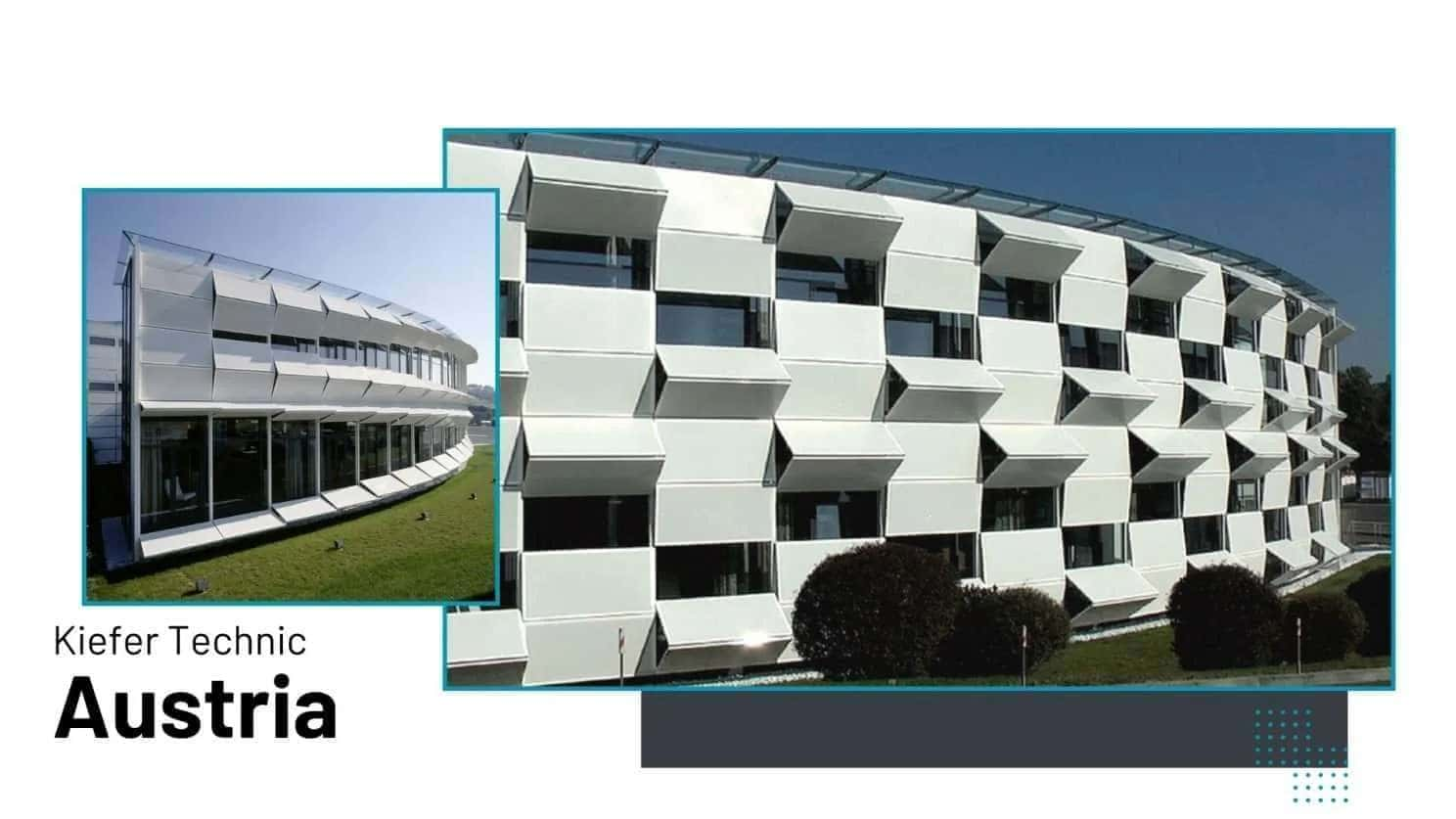
Real-World Wonders: Buildings That Come Alive
Let’s look at some incredible examples where this concept has moved from the drawing board to dazzling reality.
Take the Al Bahar Towers in Abu Dhabi. In a city known for its intense sun, these twin towers feature a responsive façade that directly addresses the harsh climate. Inspired by the traditional Islamic mashrabiya (a screen for privacy and shade), their exterior is cloaked in over 2,000 umbrella-shaped panels that open and close throughout the day in response to the sun’s movement. This ingenious system effectively reduces solar gain by over 50%, significantly cutting cooling energy consumption and dramatically enhancing comfort for those inside. It’s a brilliant fusion of ancient wisdom and cutting-edge technology.
Then there’s the Kiefer Technic Showroom in Austria. This building showcases a kinetic façade made of individual aluminium panels that can be electronically controlled. The façade responds to external conditions to optimise the internal climate, but here’s the truly innovative part: users can also personalise their own spaces by dictating how much sun or shade they want. It’s a fantastic example of putting control directly into the hands of the occupants, blending macro-level responsiveness with micro-level personalisation.

Another compelling example, though subtle in its kinetics, is the Brisbane Airport car park façade. It’s 1,18,000 suspended aluminium panels ripple fluidly with the wind, creating a stunning visual effect that responds directly to natural forces. It is a dynamic and engaging welcome to the city, demonstrating that kinetic elements can be both functional and mesmerising.
The Future Is Fluid
These examples are just the tip of the iceberg. As urban environments increasingly demand structures that are not only sustainable but also adaptive and visually striking, kinetic façades are rapidly transitioning from experimental ideas to mainstream architectural solutions. They represent a significant leap forward in understanding buildings not as static objects but as active participants in our environment, constantly optimising and evolving.
